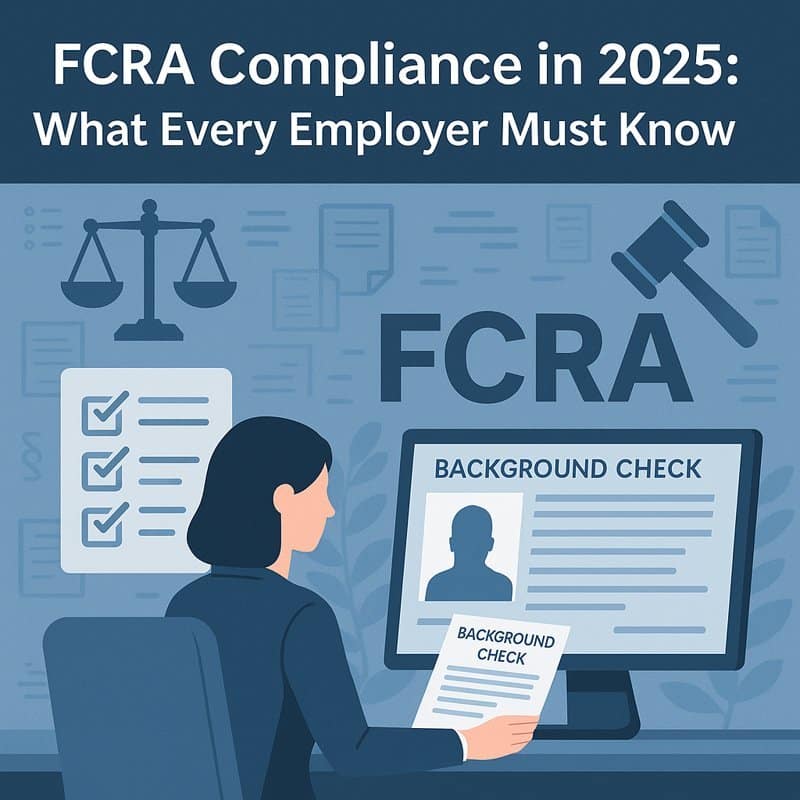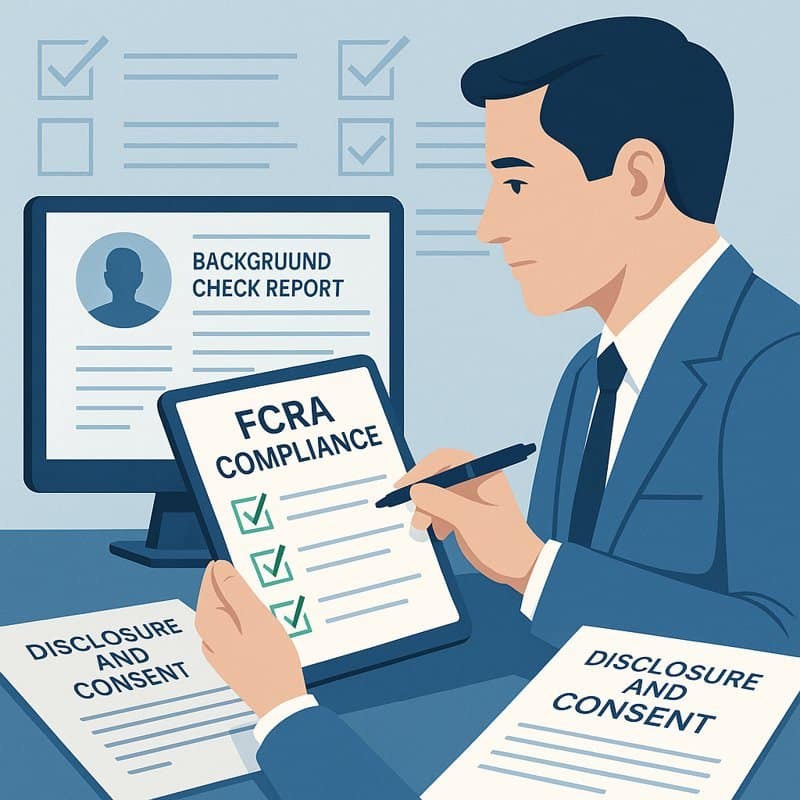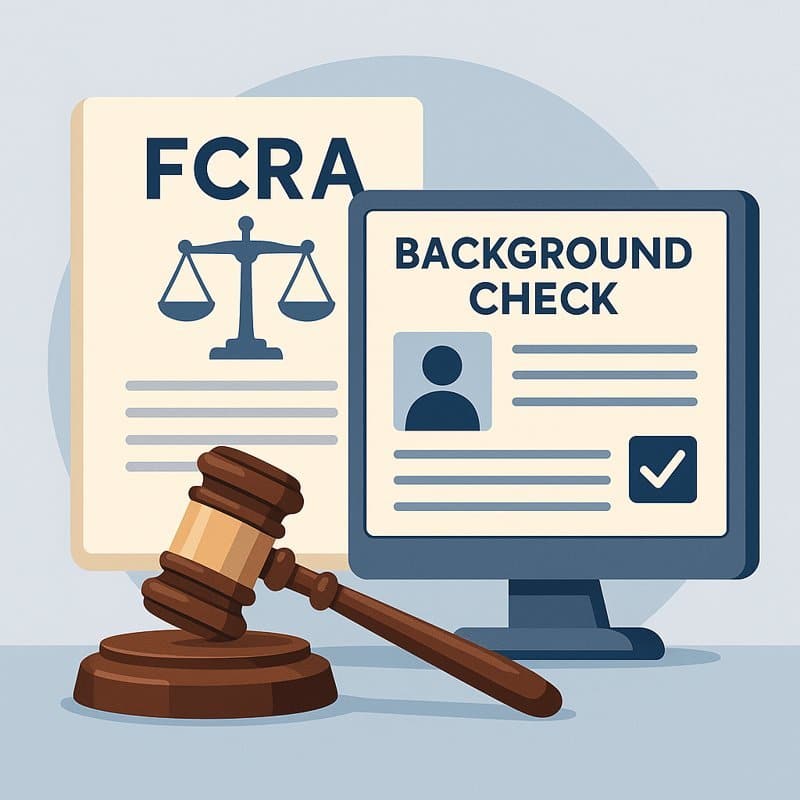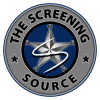A complete guide to navigating new regulations, employer responsibilities, and best practices for background check compliance.
Introduction

The Fair Credit Reporting Act (FCRA) has been the cornerstone of background screening compliance for over half a century. Originally enacted in 1970, it governs how consumer reports — including background checks — can be used in hiring decisions. But as technology, privacy laws, and hiring practices evolve, so does the complexity of compliance.
By 2025, employers face tighter scrutiny, emerging state-level variations, and new expectations around automation and candidate rights. Whether you’re hiring for a small nonprofit or managing large-scale, nationwide recruitment, FCRA compliance is no longer just a legal box to check — it’s a risk management imperative.
At The Screening Source, LLC, we help organizations nationwide maintain accuracy, fairness, and full compliance with FCRA standards. This article will guide you through what’s changing, what’s required, and how to stay audit-ready.
1. The Core Principles of the FCRA

Before diving into 2025 updates, it’s crucial to revisit the fundamental FCRA obligations that apply to every employer using background checks in hiring.
Key Employer Responsibilities
- Permissible Purpose:
You may only obtain a background report for legitimate employment purposes (such as hiring, promotion, or retention). - Disclosure & Authorization:
Employers must provide candidates with a clear, standalone disclosure form and obtain written authorization before conducting a background check. - Accuracy & Fairness:
Reports must be accurate, current, and relevant to the position in question. - Adverse Action Procedures:
If you decide not to hire (or take other employment action) based on the report, you must provide:- A pre-adverse action notice
- A copy of the report
- A summary of rights under the FCRA
- A final adverse action notice after a reasonable waiting period (typically 5 business days)
- Dispute Resolution:
Candidates have the right to dispute inaccurate or incomplete information, and background check providers must reinvestigate promptly.
2. What’s New in 2025: Major FCRA Developments
2025 brings a wave of changes influenced by data privacy laws, automation, and litigation trends.
a. Increased Enforcement by the CFPB and FTC
The Consumer Financial Protection Bureau (CFPB) has made FCRA enforcement a top priority. Recent settlements show penalties in the millions for failure to follow adverse action protocols or providing unclear disclosures.
b. Stricter Automation Guidelines
With the rise of AI and machine learning in hiring (see our article: The Future of Background Checks: How AI Is Transforming Employment Screening), regulators are emphasizing that automated screening tools still fall under FCRA.
Employers must ensure human oversight, transparency, and consistency when AI tools evaluate or rank applicants.
c. Expanded State and Local Rules
While FCRA is federal, many states — such as California, New York, and Illinois — have passed stricter parallel laws. Some states now require additional notices, specific timing windows, or localized dispute procedures.
Employers operating nationwide must build a compliance workflow that adjusts automatically based on jurisdiction.
d. Candidate Rights Expansion
Expect broader access rights for applicants, including:
- Real-time status updates on screening progress
- Instant digital access to their report and FCRA summary
- Enhanced dispute channels via secure portals
e. Data Privacy Integration
FCRA compliance is now closely tied to data protection frameworks such as the California Privacy Rights Act (CPRA) and emerging AI governance laws.
Employers must ensure their screening vendors encrypt data, limit retention, and maintain auditable access logs.
3. The Most Common FCRA Compliance Mistakes (and How to Avoid Them)
Even well-intentioned employers often make preventable errors. Here are the most frequent FCRA missteps — and how The Screening Source helps clients avoid them.
| Mistake | Risk | Prevention |
|---|---|---|
| Combining disclosure and authorization with other onboarding forms | Violates the “standalone disclosure” rule | Use a separate, clear FCRA disclosure and consent form |
| Failing to send a pre-adverse action notice | Creates liability and lawsuits | Use automated workflows to trigger pre-adverse notices |
| Not giving candidates enough time to respond | Non-compliance with waiting period | Maintain a 5–7 business day buffer |
| Ignoring disputed results | Violates FCRA reinvestigation rights | Track and document dispute resolution with your CRA |
| Using outdated or inaccurate data | Leads to false negatives and reputational risk | Partner with a CRA that updates data sources continuously |
4. Multi-State Hiring: The Patchwork Challenge
The U.S. background screening landscape is no longer uniform.
Each state adds unique layers of regulation on top of the federal FCRA.
Examples:
- California: Requires individualized assessment under the California Fair Chance Act and CPRA alignment.
- New York: Adds city-specific “Ban the Box” requirements.
- Illinois: Enforces written notification of conviction-based decisions.
- Philadelphia: Now restricts review of misdemeanors older than four years (effective Jan 6, 2026).
Employers hiring in multiple jurisdictions must implement dynamic compliance rules within their background check workflows.
The Screening Source supports clients by integrating state-by-state logic to ensure every report follows local and federal laws.
5. The Role of Technology and Compliance Automation

Modern HR teams can’t rely on spreadsheets to track FCRA requirements.
Compliance automation — when handled properly — enhances both accuracy and fairness.
Smart Workflows Include:
- Automated disclosure and authorization forms
- Electronic consent management
- Pre-adverse/adverse action triggers
- Dispute and audit tracking
- Configurable workflows by state or client policy
However, technology must be paired with human compliance expertise.
At The Screening Source, every automated system includes human verification to ensure decisions remain compliant and defensible.
6. How to Conduct an FCRA Compliance Audit
An annual internal or third-party audit is your best safeguard against risk.
Checklist for 2025 Audits
- Review all FCRA disclosure and consent forms.
- Confirm your background check provider is a certified Consumer Reporting Agency (CRA).
- Verify pre-adverse and adverse action processes are consistent and documented.
- Audit vendor data sources and retention policies.
- Train hiring managers on compliance updates.
- Store records for at least 5 years for potential litigation defense.
7. Litigation Trends to Watch in 2025
FCRA lawsuits continue to rise, often targeting technical violations rather than malicious intent.
Common case types include:
- Improper Disclosure Format
- Failure to Obtain Authorization
- Adverse Action Timing Errors
- Inaccurate Data Reporting
Even minor infractions can lead to class-action exposure — with settlements frequently exceeding $1 million.
The Screening Source monitors these trends closely to help clients strengthen compliance before issues arise.
8. Building a Culture of Compliance
True compliance goes beyond paperwork. It’s a mindset embedded into hiring culture.
Best Practices:
- Conduct ongoing training for recruiters and HR staff.
- Make compliance reviews part of your onboarding process.
- Use technology partners who specialize in FCRA alignment.
- Encourage transparency with candidates — clear communication builds trust.
A culture of compliance not only protects your organization legally — it enhances your reputation as a fair and responsible employer.
9. The Future of FCRA: What Lies Ahead
Over the next few years, expect:
- More AI-specific guidance from the FTC and CFPB.
- Stricter penalties for repeat violators.
- Closer integration between FCRA, privacy laws, and EEOC guidance.
- Movement toward a federal digital identity standard for background verification.
Employers who act now — modernizing workflows and training teams — will be best positioned to handle these shifts smoothly.
10. Conclusion: Stay Ahead with Trusted Compliance Experts
FCRA compliance in 2025 requires vigilance, technology, and reliable partners. The regulatory landscape is only becoming more complex, but with the right systems and expertise, employers can protect both their organization and their applicants.
At The Screening Source, LLC, our commitment is clear:
✅ 100% FCRA-compliant processes
✅ Nationwide coverage
✅ Continuous updates to match evolving legislation
✅ Human and automated accuracy checks
Partner with The Screening Source
Stay ahead of FCRA regulations and maintain full compliance in every hire.
📧 info@thescreeningsource.com
☎️ 860-591-5225
🌐 https://thescreeningsource.com
